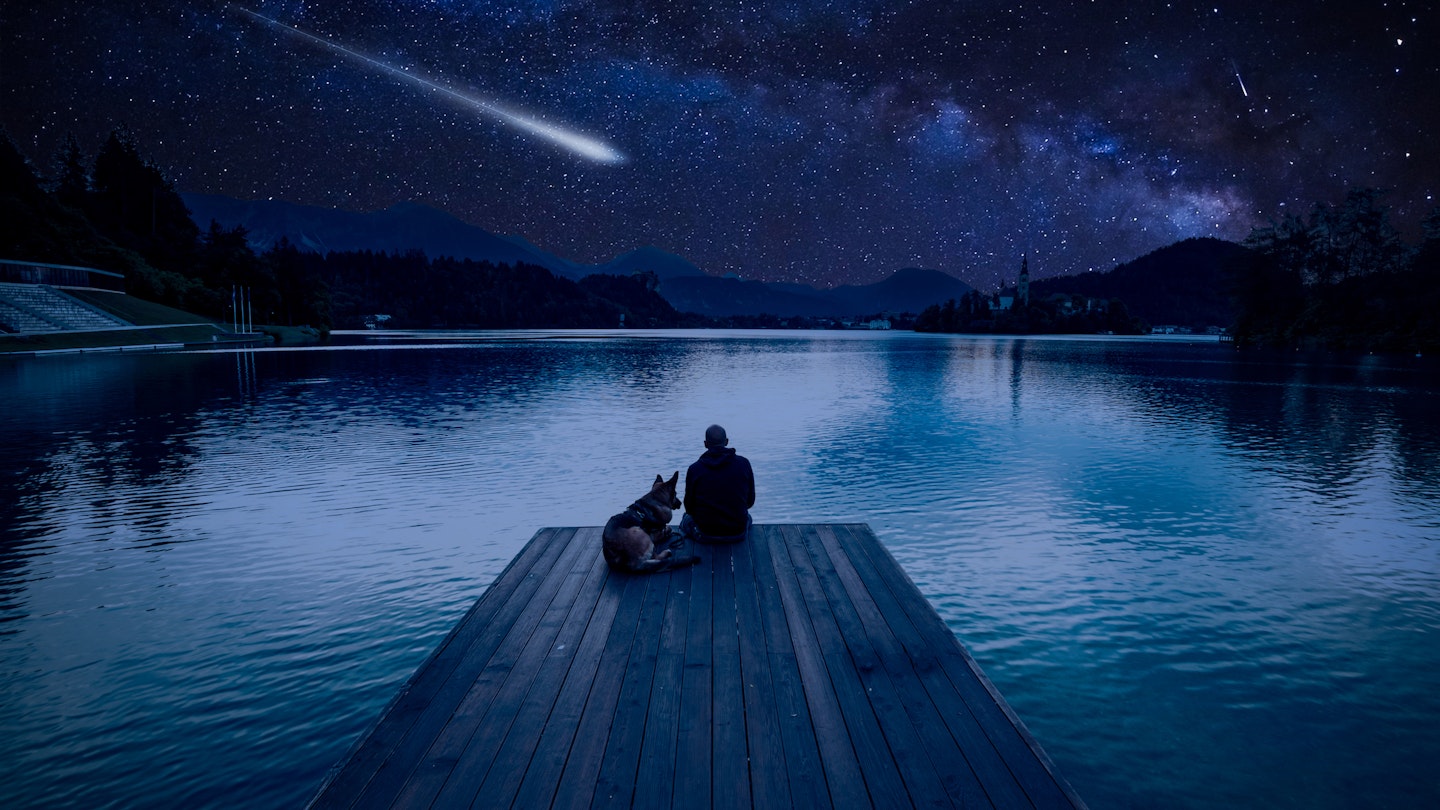Celestial Events to Watch in 2023
Prepare for liftoff, armchair astronauts: 2023 promises to be an enchanting year for sky-gazing enthusiasts, with fiery eclipses, annual equinox celebrations, and blazing meteor showers happening almost every month.
Whether you’re a traveler willing to make the trek to experience the celestial sublime or a backyard astronomer searching for “shooting stars” (meteors, which burn up in Earth’s atmosphere), there’s something on the calendar to make your year sparkle.
Look up: here are all the happenings you won’t want to miss.
March 20: The Spring Equinox
The spring (or vernal) equinox marks one of two days during the year when the sun passes directly over Earth’s equator, creating a near-equal amount of daytime and nighttime globally. In the northern hemisphere, it signals longer days and warmer weather ahead; in the southern hemisphere, it marks autumn’s arrival.
Human beings around the world have paid homage to this astronomical milestone for millions of years. For one of the most impressive displays, visit Mexico’s Yucatán Peninsula, where a slithering shadow crawls across gray limestone on key afternoons of the year, including the spring equinox. The effect is created by El Castillo – a pyramid built around 800 CE within the Mayan complex of Chichén Itzá. Its shadows form the shape of a 120-foot-long snake, believed to honor the serpent god Kukulkán in hopes of a fruitful harvest.
April 22–23: The Lyrids Meteor Shower Peaks
Backyard skywatchers can enjoy flares from this light show, set to light up the northern and southern hemispheres with approximately 18 meteors every hour. The event runs from April 15 to 29, with showers peaking on the night of April 22 to 23. The light show comes right around a new moon, making it easy to spot meteors blazing across the sky.
For the best views, head to an International Dark Sky Park, recognized for exceptional starry nights. Whether it’s the beech forests of Germany or the desert landscape of Israel, you’re better off viewing the meteors far from bright urban areas.
May 5–6: The Eta Aquariids Meteor Shower Peaks
Debris created by Halley’s Comet will send an exceptional number of meteors hurling through Earth’s atmosphere from April 15 to May 27, with a rate of roughly 100 per hour peaking between May 5 and 6. People across the globe will witness this spectacle, though the full moon may obscure some comets. Pro tip: find a location where the moon is obstructed from view for the best chance of seeing bright blazes.
June 21: The Summer Solstice
The northern hemisphere dips toward the sun in late June, basking in its glow for the longest day and shortest night of the year. This marks the summer solstice, observed across perpetually bright locales where residents celebrate 24 hours of sun in various ways.
For those intrigued by the ancient art of sun worship, join revelers at England’s Stonehenge, whose monoliths align with the yellow dwarf star during both the summer and winter solstices. In June, thousands cheer as the sun rises above the horizon, bathing the heart of the mysterious 5000-year-old stone circle in its golden rays. The gathering is free and open to the public, though parking fills up quickly; public transit is advised.
August 12–13: The Peak of the Perseids Meteor Shower
Every summer, the Perseids ignite night skies in the northern hemisphere with what’s arguably nature’s greatest fireworks display. Observation conditions will be ideal this year, with warm weather and a waning crescent moon. The display will occur from July 14 to September 1; in dark-sky locations, it may be possible to see around 100 meteors per hour when the showers peak between August 12 and 13.
National parks often provide some of the best backdrops for the Perseids, offering picturesque settings devoid of light pollution. Consider camping at several renowned parks, all certified as International Dark Sky Parks.
September 23: The Autumnal Equinox
Late September marks autumn’s start in the northern hemisphere, with the sun once again hovering over Earth’s equator. Ancient temples worldwide honor the changing season with sun-soaked wonders.
For a unique experience, visit the island nation of Malta, home to the Mnajdra Temples, built around 3600 BCE. During the autumnal equinox, sunlight floods the chamber of one of Mnajdra’s temples, creating a stunning visual display.
October 14: A “Ring of Fire” Solar Eclipse
Queue up your Johnny Cash for October’s annular solar eclipse, set to burn across the Western USA before moving over Central and South America. During this eclipse, the moon will pass across the sun’s center, causing a ring of solar fire to flame around the moon’s shadow.
The orange glow will pass over a swath of US national parks from Texas to Oregon. If you plan to watch the eclipse in person, know that looking directly at the sun without proper eyewear can cause damage. Be sure to follow safety guidelines for viewing solar events.
December 13–14: The Geminids Meteor Shower Peaks
Much like the Perseids, the Geminids (active from December 4–17) is a reliable meteor shower visible from almost anywhere, boasting near-perfect viewing conditions this year. It might be possible to spot over 100 meteors per hour when the event peaks between December 13 and 14.
December 21: The Winter Solstice
The shortest day and longest night of the year mark the official start of winter in the northern hemisphere. Cultures worldwide greet the darkness with displays of warmth and light, including bonfires and traditional festivities.
In County Meath, Ireland, the holiday is famous for a magical light spectacle that has taken place for thousands of years. Newgrange, a circular tomb, is aligned with the winter-solstice sunrise, illuminating the chamber for 17 minutes. Space is limited, and only a select number of people are allowed entry annually.





